Editor’s Note: Figuring out which portions of the geologic record were formed before, during, or after the Flood is an active field of young-earth creationist research. This particular article summarizes recent work by Dr. Ken Coulson that was published in the Answers Research Journal just a few days prior.
Many creationists are actively engaged in finding the Flood/post-Flood boundary, but little work has been done on the pre-Flood/Flood boundary, primarily because most creationists consider the Precambrian-Cambrian contact geologically attractive. Arguments supporting a pre-Flood/Flood boundary at the Precambrian-Cambrian boundary are quite persuasive and make sense given the kinds of processes one might assume were at work during this period. The presence, however, of swaths of bacterial “reefs” made of solid lime mud, and usually shaped liked a dome or a column a few meters thick (called “microbialites”), can be found in Cambrian sediments that dot the ancient coastline of North America (see figure below). Since most creationists believe the Cambrian represents Flood deposits, these microbialites would have to have grown in the early months of the Flood year. At some of these locations, microbialites have large geographical distributions of several thousand square kilometers and are stacked in multiple “reef” horizons one atop the other (Coulson and Brand 2016; Coulson 2018; Coulson 2020). Such thick sequences of microbialites are problematic for a Precambrian-Cambrian pre-Flood/Flood boundary.
This article is reblogged with permission from Creation Unfolding. The views expressed in this article reflect those of the author, and not necessarily those of New Creation.
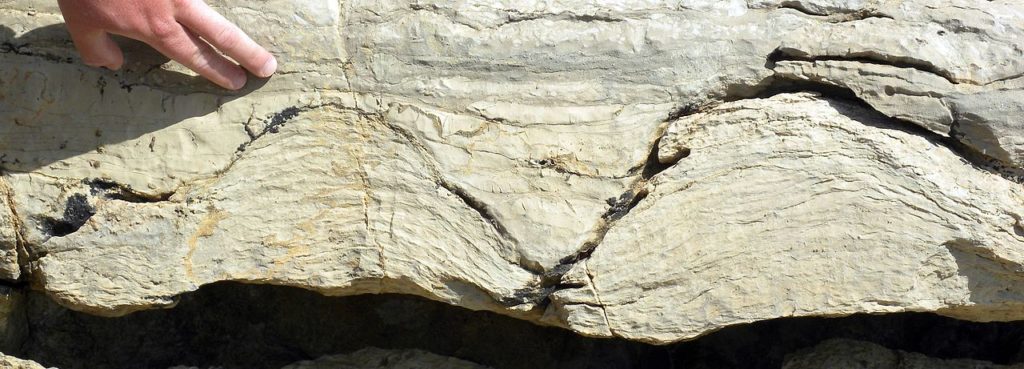
By Wilson44691 – Own work, Public Domain, https://commons.wikimedia.org/w/index.php?curid=7566992
I propose that continents containing carbonate-bearing sediments and thick sequences of microbialites (e.g., North America) be interpreted much as they are in the secular scientific literature—as large, shallow-water inland seas. Cambrian ecosystems then, are not, for the most part, allochthonous (Flood generated), but represent pre-Flood environments where Cambrian-specific fauna flourished. Ordovician ecologies most likely first flourished in off-craton oceans and were pushed onto the North American craton during post-Fall but pre-Flood tectonic activity.
This, of course, would require a plate tectonic regime that differed from that working in the present, where rates of plate movement were more rapid, perhaps working at meters of displacement per week, but not as rapid as those working during the Flood. Snelling (2009) acknowledges that geologic processes operating today were different than those operating during the Flood which were different again from those operating in the pre-Flood world:
“Thus, we could expect that the features and strata of the pre-Flood rock record are different from the rock record produced by the Flood, with features even different from what is being produced by geological processes operating today. It is even unclear whether uniformitarian rates of geological processes, or even exactly the same geological processes, were operating during the pre-Flood period as those operating today”.
– Snelling 2009, p. 470; emphasis mine
Consider the North American Taconic orogeny as an example. According to Stanley and Luczaj (2015), the North American craton was dominated by a vast inland sea in Cambrian time. During Middle Ordovician time, small volcanic islands known as island arcs began to accrete onto the then south-eastern side of the craton. As these arcs pushed against the continent, mountains began to form (the beginnings of what we today call the Appalachians). Due to forces pushing the ground up, other forces began to push the ground down on the western side of the “Appalachians.” This depression is known as a foreland basin. As the mountains rose up, sand, shale, and mud (flysch) from the growing mountain were deposited in the foreland basin as turbidites. All these sediments eventually filled the basin leaving a thick clastic wedge over much of present day eastern North America.
Creationists must disregard the secular time over which these events are believed to have occurred, but there is no need to disregard the sequence. Given a non-uniformitarian plate tectonic regime, all these sediments could have been deposited very rapidly, in centuries, decades, or years.

In a creationist model, microbialites grew in a North American shallow-water inland sea. This environment, unequalled in the modern world, would have provided perfect conditions for calcium carbonate (lime mud) to precipitate directly from the water column (Robbins et al. 1997). Given the warm climate, shallow water, water chemistry, and large geographical distribution, it would not take long for currents to move large quantities of micritic lime mud from the central craton to shelf margins where it would accumulate as kilometer-thick sequences. During times of quiescence, microbialites would grow, during times of subsidence or rapid deposition, microbialites would be buried.
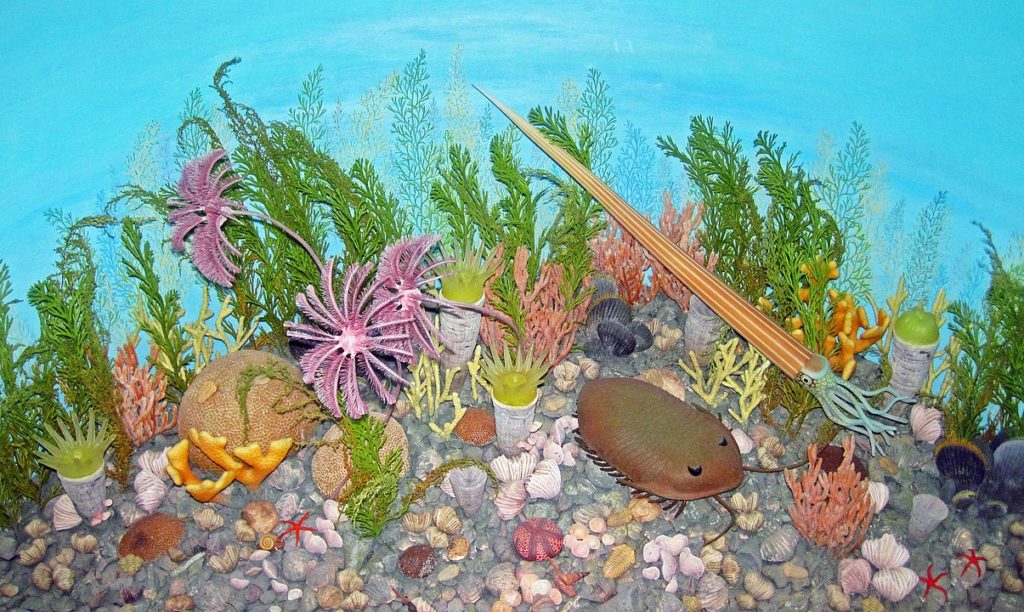
During Ordovician time, and due to rapid plate movements and island arc collisions, growing upland areas on the Eastern Seaboard deposited clastic sedimentary rocks over the once thriving carbonate platform, with some of these deposits reaching the far mid-west (see figure below). Interestingly, the events associated with the Taconic orogeny closely coincide with the Great Ordovician Biodiversification Event or GOBE as it is known. This event is hailed by the secular scientific community as the most dramatic evolutionary radiation of marine life in history (Stanley and Luczaj 2015). From a creationist perspective, GOBE might better be explained as a biological relocation. Accretion of island arcs onto the east coast would also have caused the mingling of cratonic and adjacent ocean-basin marine life. It wouldn’t take long for these new forms of marine animals to make their way across the North American craton, diversifying, and replacing some of the Cambrian ecosystems.
This might mean that other Paleozoic organisms, such as those found in Silurian or Devonian rocks, represent other pre-Fall partitioned environments that were originally placed farther out in pre-Fall oceans. The same plate tectonic regime that mingled the Ordovician ecosystem with that of the Cambrian, could, at some later stage have deposited the Silurian and then the Devonian systems over the Ordovician ecosystem.
Given the model outlined above, the Flood-proper, as recorded in Genesis 6 – 9, would have been less destructive given already inundated continents. On the other hand, exposed land masses would feel the full brunt of large bodies of water moving across their surfaces. It is proposed, therefore, that creationists should be looking for a divide in the rock record that separates marine deposits, such as limestones, from regional-scale terrigenous sedimentary sandstones and conglomerates (not including the early Cambrian sandstones eroded from the continents during Creation Week). Such a divide seems to occur starting in Carboniferous-Permian rocks and continues through the Mesozoic, with a depositional hiatus only occurring between the Late Triassic and Early Jurassic (Peters and Gaines 2012). Cenozoic deposits are also terrigenous, but their geographical distribution has only local distributions (basin and range type deposits). The Mesozoic, therefore, likely represents the Flood-proper.
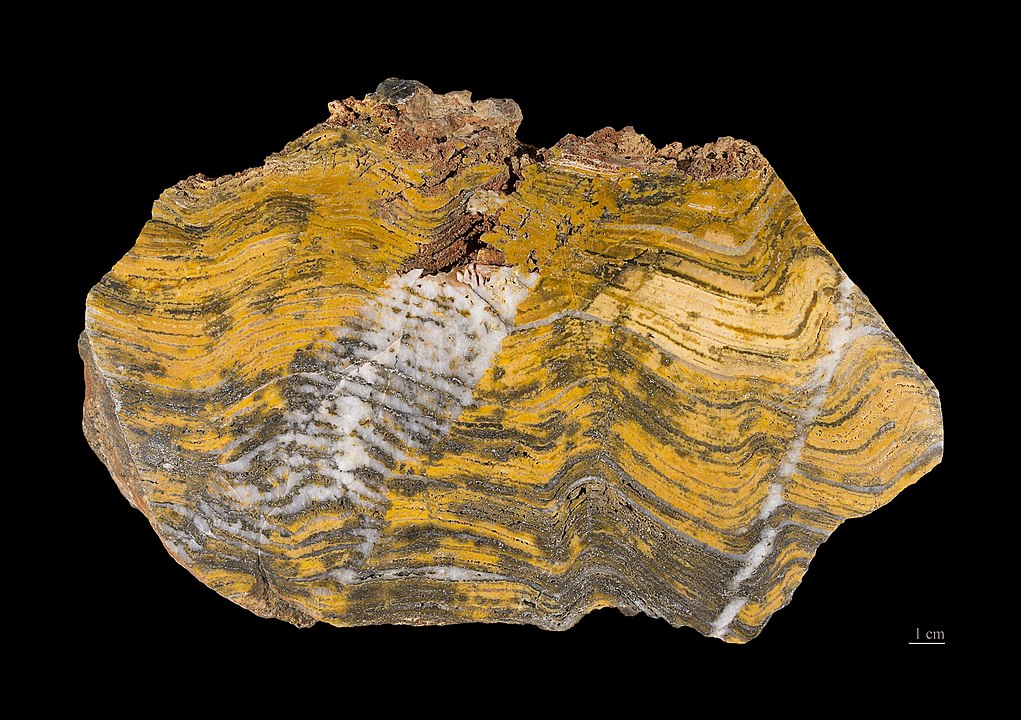
By Didier Descouens – Own work, CC BY-SA 4.0, https://commons.wikimedia.org/w/index.php?curid=15944367
When was this post-Fall, pre-Flood plate tectonic regime implemented? I think the two most likely possibilities are either at the Fall and as a result of God’s curse on the earth, or 120 years before the Flood when God first informed Noah of his plans, “Then the Lord said, ‘My Spirit shall not abide in[a] man forever, for he is flesh: his days shall be 120 years [in other words, after 120 years, man will be destroyed] ’” (Genesis 6:3 ESV).
The earth possesses a natural, catastrophic strata-depositing system—plate tectonics. This is a fact. How that system operated at differing non-uniformitarian rates, however, requires rigorous modelling, but is scientifically feasible (Horstemeyer and Baumgardner 2003). Such profound changes to natural systems, although difficult to imagine, is entirely consistent with science. A lesson from the life of Stephen Jay Gould is instructive:
“On a fieldtrip in my freshman geology course, my professor took us to a travertine mound and argued that the deposit must be about 11,000 years old because he had measured the current rate of accumulation and then extrapolated back to a beginning. When I asked how he could assume such constancy of rate, he replied that the fundamental rule of geological inference, something called the ‘the principle of uniformitarianism’ permitted such inferences because we must regard the laws of nature as constant if we wish to reach any scientific conclusions about the past. This argument struck me as logically incorrect, and I pledged myself to making a rigorous analysis of the reasons”.
– Gould 2002, p. 44; emphasis mine
References
Coulson, K.P. 2018. “Global deposits of in situ upper Cambrian microbialites—Implications for a cohesive model of origins.” In Proceedings of the Eighth International Conference on Creationism, ed. J.H. Whitmore, 373–388. Pittsburgh, Pennsylvania: Creation Science Fellowship.
Coulson, K.P., and L.R. Brand. 2016. “Lithistid sponge-microbial reef-building communities construct laminated, upper Cambrian (Furongian) ‘stromatolites.’” Palaios 31, no. 7:358-370.
Coulson, K.P. 2020. Creation Unfolding: A New Perspective on Ex Nihilo. Phaneros Press, pp. 192.
Gould, Stephen Jay. 2002. The Structure of Evolutionary Theory. Cambridge Massachusetts, Belknap Harvard.
Horstemeyer, Mark, and John R. Baumgardner. 2003. “What Initiated the Flood Cataclysm?” In Proceedings of the Fifth International Conference on Creationism: Pittsburgh, Pennsylvania: Creation Science Fellowship.
Peters, S.E., and R.R. Gaines. 2012. “Formation of the ‘Great Unconformity’ as a trigger for the Cambrian Explosion.” Nature 484:363-366. DOI: 10.1038/nature10969.
Robins, L.L., Y. Tao, and C.A. Evans. 1997. “Temporal and spatial distribution of whitings on Great Bahama Bank and a new lime mud budget.” Geology 25, no 10: 947-950. doi: https://doi.org/10.1130/0091-7613(1997)025<0947:TASDOW>2.3.CO;2
Snelling, A.A. 2009. Earth’s Catastrophic Past: Geology, Creation & the Flood, Part II. Dallas: Institute of Creation Research.
Stanley, S.M., and J.A Luczaj. 2015. Earth System History: Fourth Edition. New York. W.H. Freeman and Company.

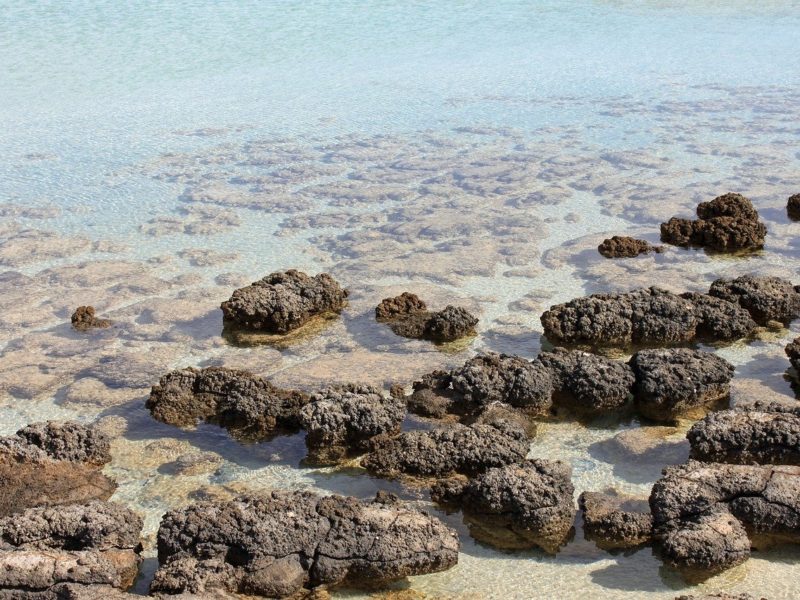
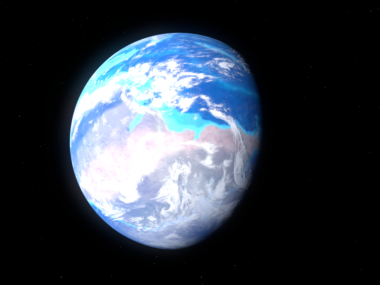
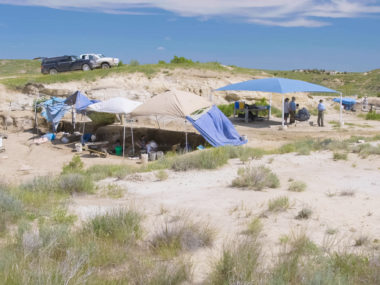
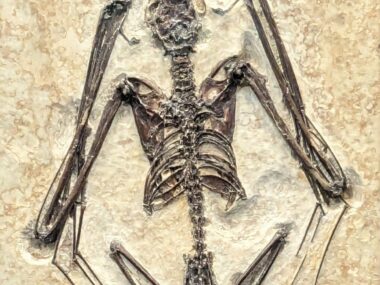


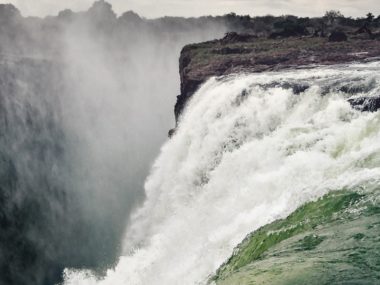




Pretty revolutionary, going back to the debates of mid 20th century creationism on the pre-Flood boundary. I appreciate the science of re-examining where we think it is, and possibly gives us better insights into what the pre-Flood world was like. Look forward to more discussion on this.